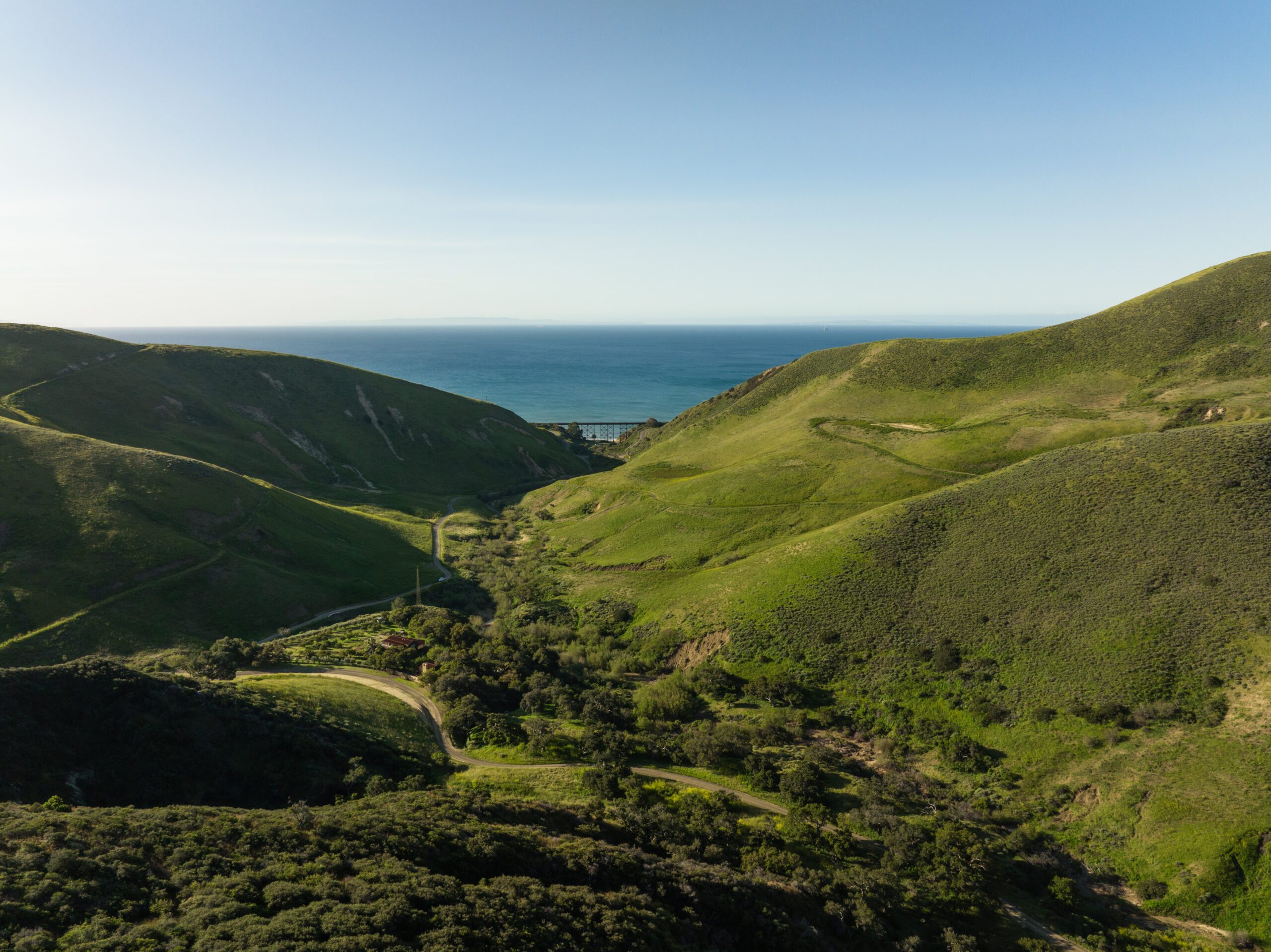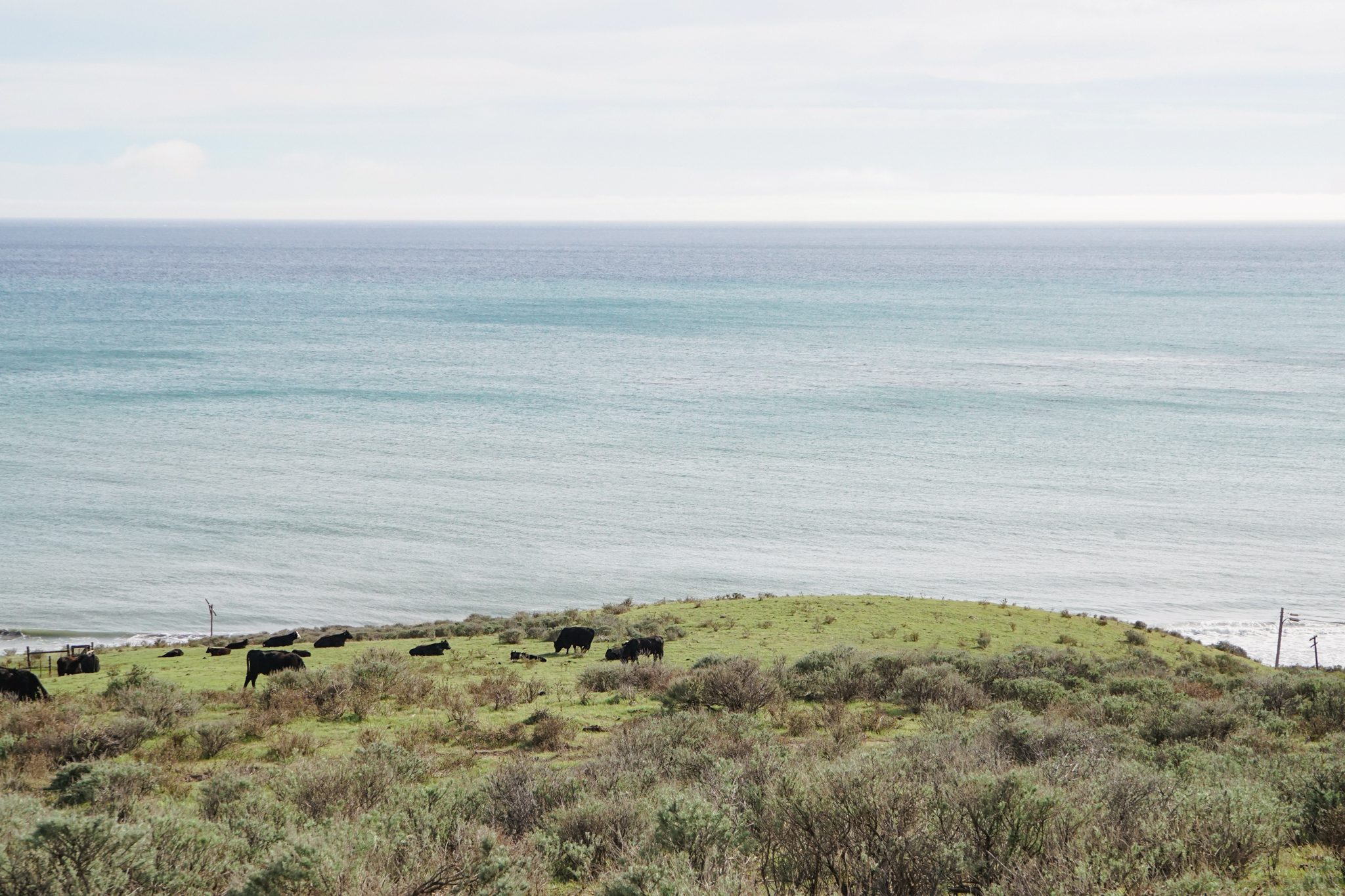
Hollister Ranch: Balancing Stewardship, Privacy, and Public Access
Nestled along 8.5 miles of Santa Barbara’s pristine Gaviota Coast, Hollister Ranch is a 14,400-acre sanctuary of rolling hills, oak groves, and legendary surf breaks. This exclusive gated community and working cattle ranch is a rare jewel in California’s real estate landscape, offering unmatched privacy and natural beauty. Yet, for decades, it has been at the heart of a heated public access controversy, pitting the stewardship of its private owners against demands for public use. Here, we explore the ranch’s commitment to preservation, the tension between private rights and public access, and why maintaining its private status benefits both the land and future generations.
A Legacy of Stewardship
Since its purchase by Colonel William Welles Hollister in the 1860s, Hollister Ranch has been a working cattle ranch, today shipping up to 1,000,000 pounds of beef annually under the Hollister Ranch Cattle Cooperative. The ranch’s 133 owners, managing 100-acre agriculturally zoned parcels, adhere to strict Covenants, Conditions, and Restrictions (CC&Rs), limiting development to just 2% of each parcel. This ensures 98% remains dedicated to grazing and open space, preserving the land’s ecological integrity. Owners have banned beach driving since 2018 to protect sensitive coastal habitats, a practice once permitted but now recognized as harmful by the California Coastal Commission.
The ranch hosts fragile ecosystems, including tide pools teeming with marine life like mussels, sea hares, and octopi. Through voluntary programs, owners welcome hundreds of schoolchildren, veterans, and scientists to explore these natural wonders, fostering conservation education while tightly controlling impact. Owners argue that their careful stewardship—evident in the ranch’s pristine condition after 45 years as an owners’ association—has preserved Chumash cultural sites, native flora, and wildlife like black bears and raptors, making it a model of low-density development.
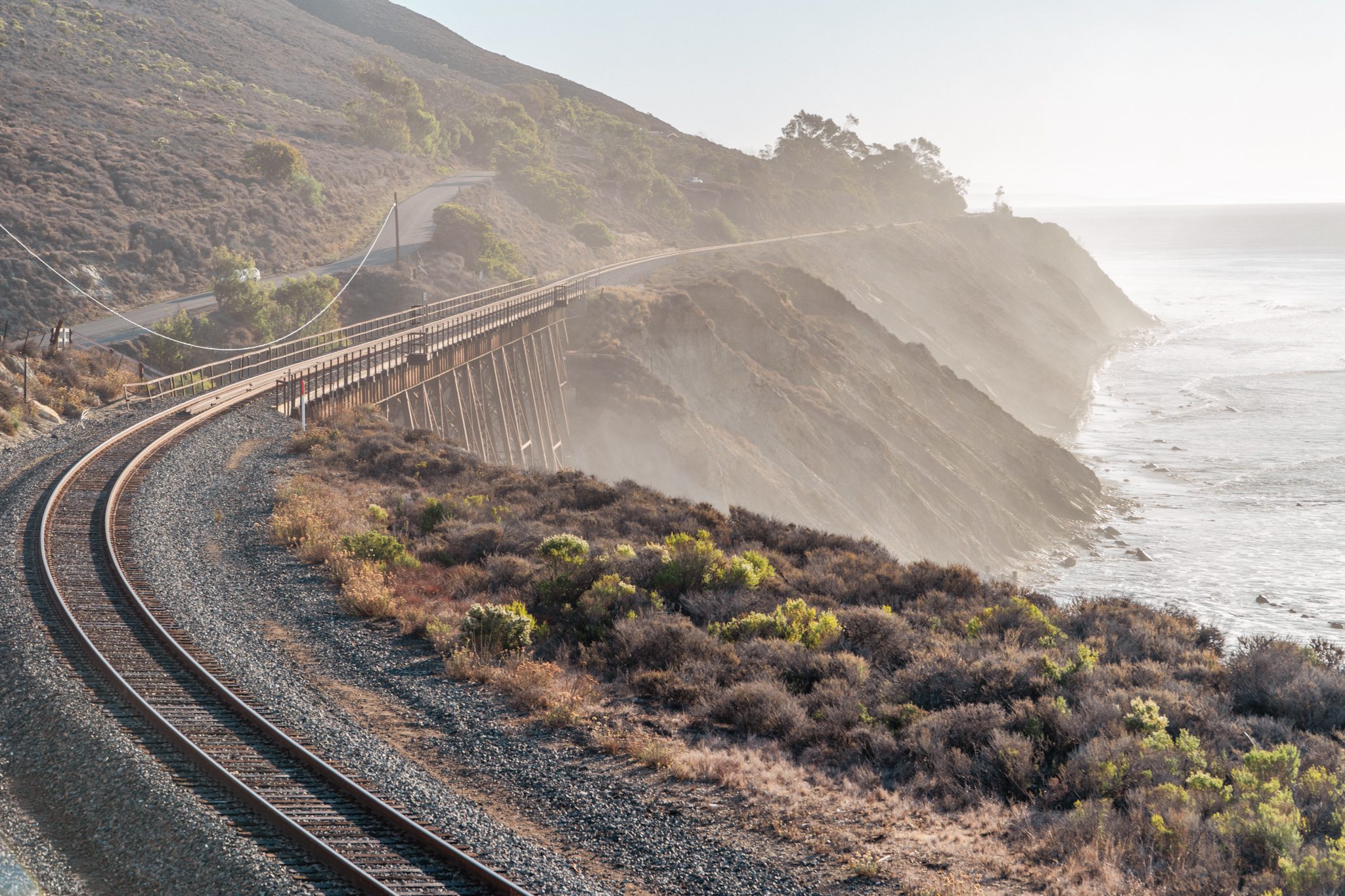
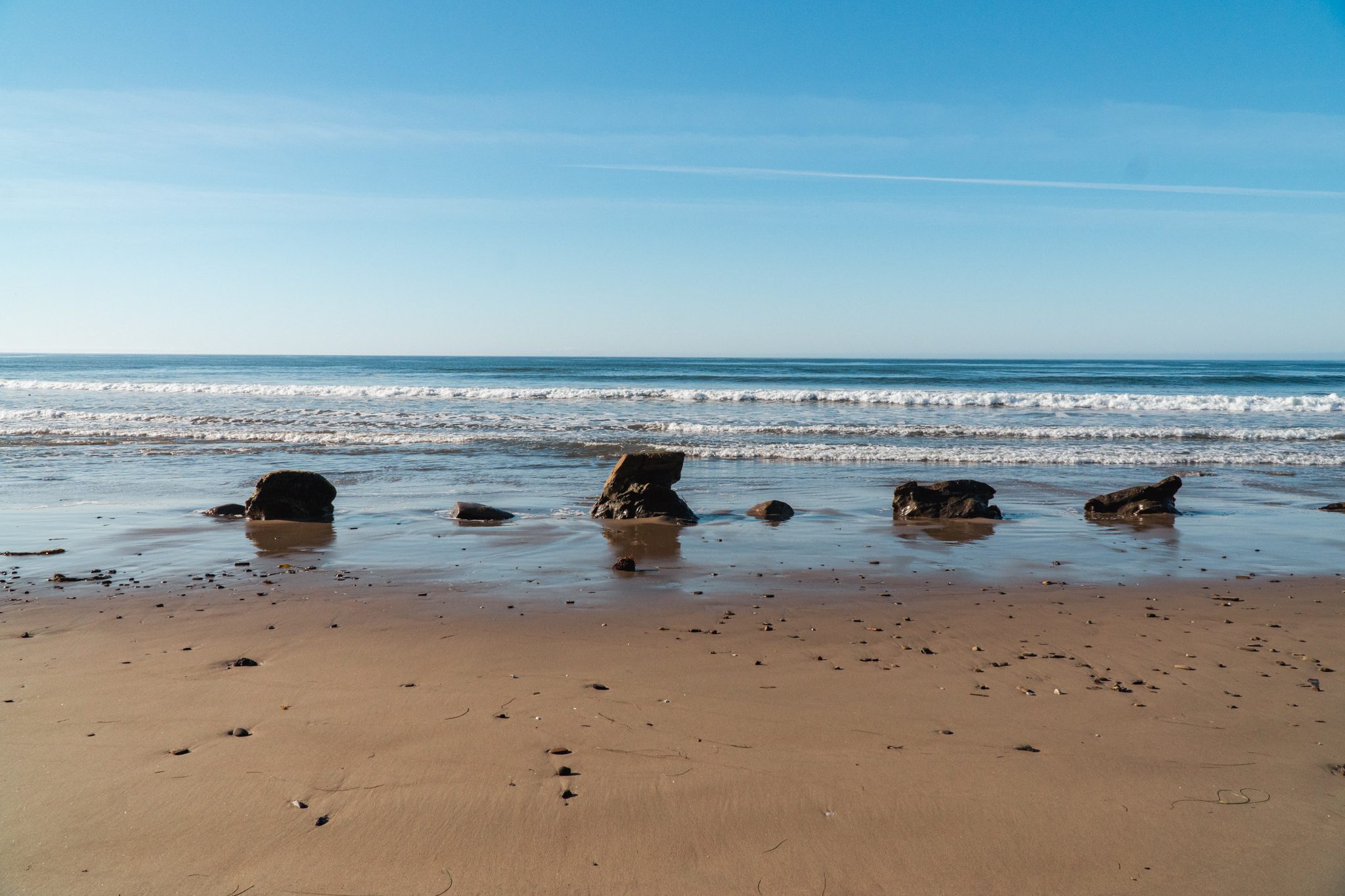
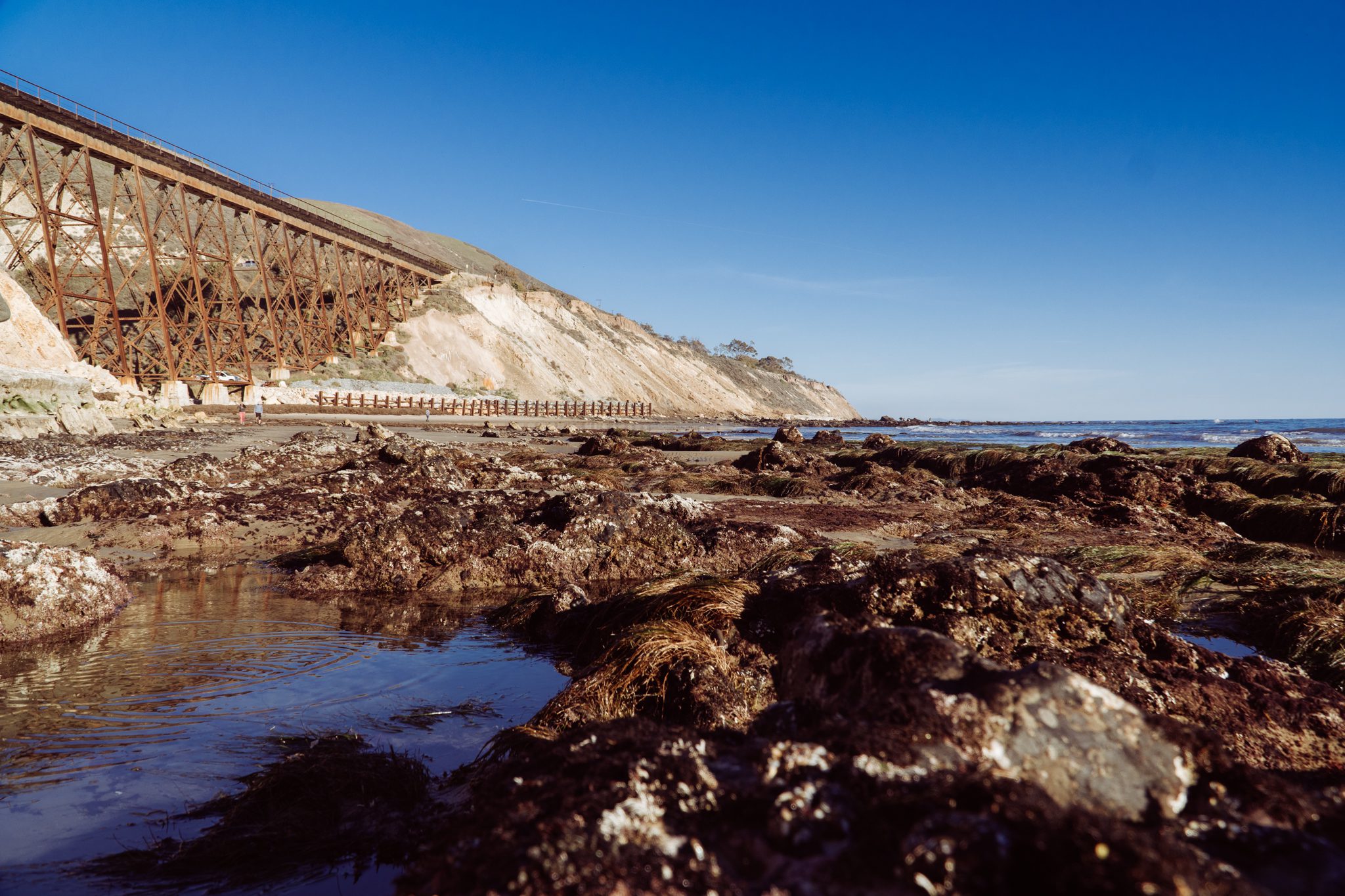
Private Rights vs. Public Access
California’s Coastal Act of 1976 mandates public access to beaches below the mean high tide line, sparking decades of legal battles over Hollister Ranch’s coastline. In 1981, the California Coastal Commission adopted a Public Access Program for the ranch, amended in 1982 to phase in access with visitor caps, but it remains unimplemented due to complex property negotiations and legal resistance from owners. The controversy intensified with Assembly Bill 1680 (2019), signed by Governor Gavin Newsom, which mandates public pedestrian access and imposes fines up to $22,500 per day for obstructing implementation.
The Hollister Ranch Owners’ Association, representing over 1,000 shareholders, including notable figures like James Cameron and Yvon Chouinard, argues that AB 1680 infringes on constitutional rights by allowing warrantless searches of private property and punishing owners for defending their rights. In 2020, they filed a federal lawsuit, supported by the Pacific Legal Foundation, claiming the law’s provisions are unconstitutional. Owners assert that their private stewardship has kept the coastline pristine, unlike public beaches that often face littering and environmental degradation. They’ve cooperated with state agencies, allowing surveys and tours since 2019, but argue that unrestricted public access could harm delicate ecosystems and cultural sites, including those sacred to the Northern Chumash Tribal Council.
Public advocates, backed by the Coastal Commission and environmental groups like the Gaviota Coast Conservancy, argue that the ranch’s exclusivity violates California’s constitutional right to public beach access. A 2018 deal, struck behind closed doors, would have limited access to guided tours or those able to boat in, sparking outrage and a successful legal challenge by coastal advocates. Critics, including Assemblywoman Monique Limón, who authored AB 1680, contend that owners have delayed access for decades through lawsuits and lobbying, prioritizing wealth and privilege over public rights.
Future Benefits of Private Status
Maintaining Hollister Ranch’s private status ensures its ecological and cultural preservation for future generations. The ranch’s low-density model, enforced by CC&Rs and Santa Barbara County zoning, minimizes development, reduces fire risks through grazing, and secures tax benefits that incentivize conservation. Unrestricted public access risks vandalism, litter, and disruption to sensitive habitats, as seen in other heavily trafficked coastal areas. Owners’ docent programs already provide controlled access for underserved communities and educational groups, balancing public engagement with environmental protection.
For buyers, Hollister Ranch offers a rare investment in a pristine coastal property with historical significance and unmatched privacy. Parcels, often valued in the millions, grant access to secluded beaches and surf breaks like Razor Blades and St. Augustine, alongside a community dedicated to preserving the land’s natural splendor. The ranch’s private status safeguards its value, ensuring owners enjoy a legacy asset that remains untouched by overdevelopment.
A Path Forward
The public access controversy remains unresolved, with the Coastal Commission delaying implementation past the April 2022 deadline to conduct environmental reviews, anticipating further lawsuits. Hollister Ranch owners advocate for collaborative solutions that prioritize underserved communities and respect Chumash heritage while protecting the land. For potential buyers, this ongoing debate underscores the ranch’s exclusivity and the owners’ commitment to stewardship, making it a unique opportunity to invest in a piece of California’s unspoiled coast.
Interested in owning a slice of this historic paradise? Contact us to explore exclusive Hollister Ranch opportunities and join a community dedicated to preserving its legacy.

